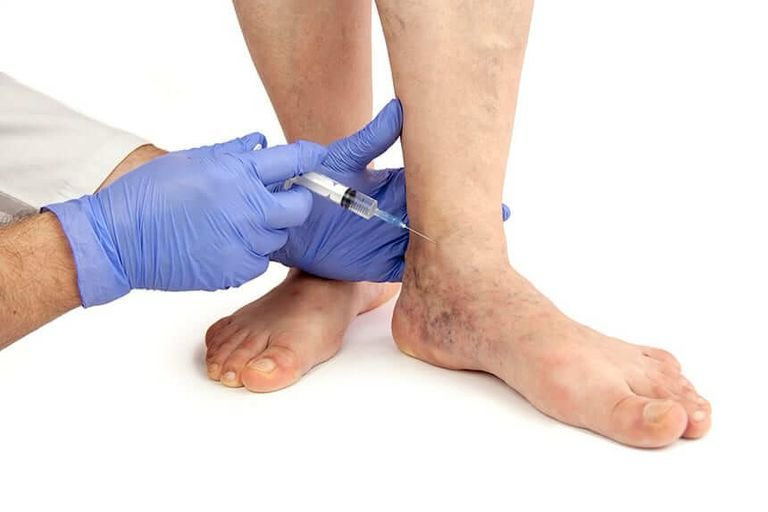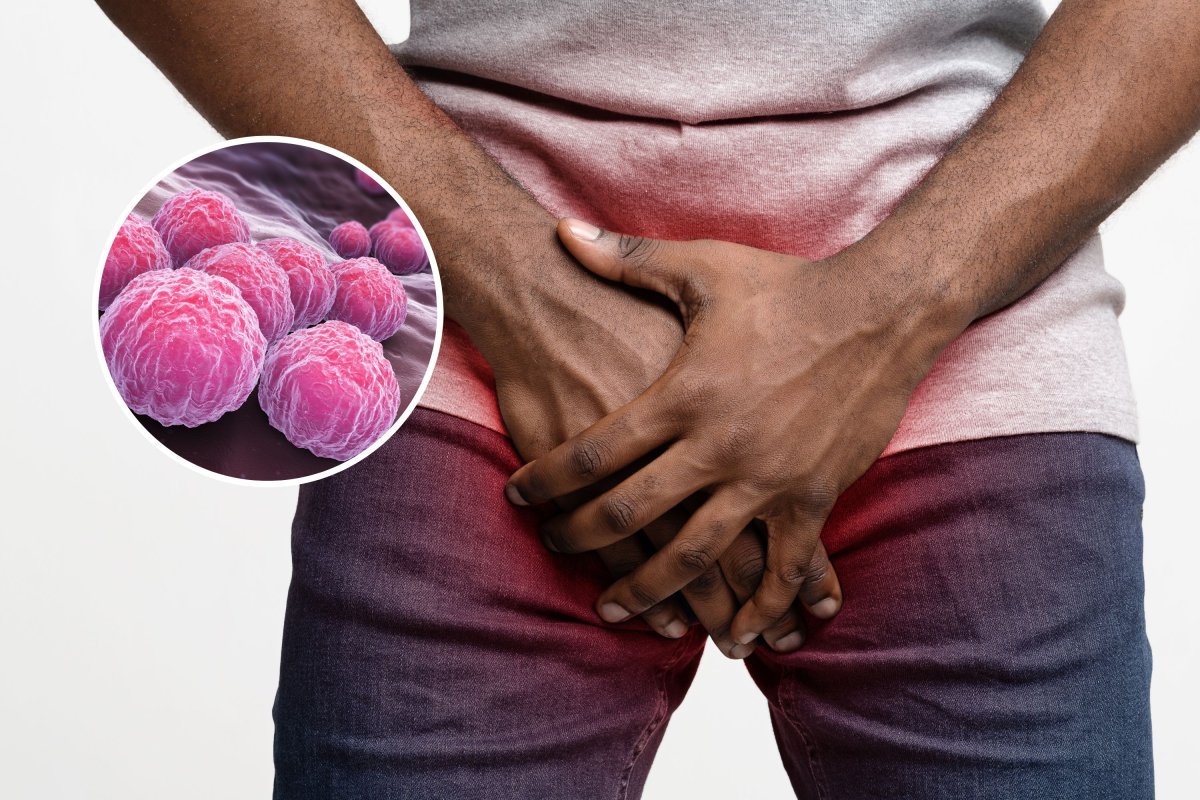Skin cancer is one of the most common types of cancer worldwide, and its rates continue to rise. However, it is also one of the most preventable cancers. Learning how to protect yourself from skin cancer is crucial for maintaining healthy skin and minimizing your risk of developing this potentially life-threatening disease.
This guide will walk you through essential tips to reduce your risk, from daily sun protection to understanding how genetics play a role. With the right habits, you can take control of your skin health and significantly lower your chances of developing skin cancer.
Understanding Skin Cancer: Types and Risks
Before diving into preventive measures, it’s important to understand the types of skin cancer and what puts you at risk. Skin cancer typically falls into three main categories:
1. Basal Cell Carcinoma (BCC): This is the most common type of skin cancer. BCCs often appear as small, flesh-colored or pink bumps on sun-exposed areas, such as the face and neck. While BCCs rarely spread, they can cause significant damage to the skin and surrounding tissues if left untreated.
2. Squamous Cell Carcinoma (SCC): SCCs also occur in sun-exposed areas and often manifest as red, scaly patches or sores that don’t heal. While more aggressive than BCCs, they are still treatable when caught early.
3. Melanoma: Melanoma is the deadliest form of skin cancer. It often appears as a new mole or a change in an existing mole’s size, shape, or color. Melanoma can spread quickly to other parts of the body, making early detection and prevention critical.
Risk Factors for Skin Cancer
While excessive sun exposure is the leading cause of skin cancer, several factors increase your risk, including:
• Fair skin: Individuals with light skin, hair, and eyes are more susceptible to UV damage.
• A history of sunburns: Having severe sunburns, especially in childhood, increases your risk of skin cancer later in life.
• Tanning: Whether from the sun or tanning beds, artificial tanning significantly increases skin cancer risk.
• Family history: If a close family member has had skin cancer, you are at a higher risk.
• Age: The risk of skin cancer increases with age, though younger individuals are still at risk, especially with excessive UV exposure.
Essential Tips to Protect Yourself from Skin Cancer
Taking proactive steps to protect your skin from harmful UV radiation is the most effective way to reduce your skin cancer risk. Below are key preventive measures that will help you maintain healthy, cancer-free skin.
1. Daily Sunscreen Use
The most important tool in your skin cancer prevention arsenal is sunscreen. Applying a broad-spectrum sunscreen with an SPF of 30 or higher every day, even on cloudy days, helps protect against both UVA and UVB rays.
• Reapply frequently: Reapply sunscreen every two hours, especially if you’re swimming, sweating, or spending extended periods outdoors.
• Use enough: Most people under-apply sunscreen. For full coverage, use about one ounce (a shot glass full) to cover your entire body.
• Don’t forget key areas: Apply sunscreen to often-overlooked areas like the tops of your ears, back of your neck, and the tops of your feet.
2. Wear Protective Clothing
When the sun’s rays are at their strongest (between 10 a.m. and 4 p.m.), it’s crucial to cover up with protective clothing. Opt for:
• Long sleeves and pants: Lightweight, tightly woven fabrics provide better protection against UV rays.
• Wide-brimmed hats: A hat with a brim of at least three inches helps shield your face, ears, and neck from direct sunlight.
• Sunglasses: UV-blocking sunglasses protect your eyes and the delicate skin around them from UV damage, which can lead to skin cancer.
3. Seek Shade
Whenever possible, stay in the shade to limit your sun exposure. This is especially important during midday when UV rays are strongest. Trees, umbrellas, and other sources of shade can provide significant protection.
4. Avoid Tanning Beds
Artificial UV radiation from tanning beds is just as harmful as natural sunlight and significantly increases the risk of developing skin cancer, particularly melanoma. There is no such thing as a “safe tan” from a tanning bed, and avoiding them altogether is one of the best ways to protect your skin.
5. Examine Your Skin Regularly
Performing regular skin self-exams is critical for early detection. Use a mirror to check all areas of your body, including your scalp, palms, soles of your feet, and the space between your toes. Look for new growths, moles that change in size, shape, or color, or any skin lesions that don’t heal.
The ABCDE rule is a helpful guide when examining moles for signs of melanoma:
• A for Asymmetry: One half of the mole doesn’t match the other.
• B for Border: The edges are irregular or blurred.
• C for Color: The color is uneven, with shades of black, brown, or tan.
• D for Diameter: The mole is larger than 6mm (about the size of a pencil eraser).
• E for Evolving: The mole is changing in size, shape, or color.
If you notice any suspicious spots, see a dermatologist promptly.
6. Use Antioxidant-Rich Skincare
Incorporating antioxidants into your skincare routine can offer additional protection against UV damage. Ingredients like vitamin C, vitamin E, and green tea extract help neutralize free radicals, which are produced by UV exposure and can lead to skin cancer.
7. Stay Informed About Your Family History
Understanding your family’s history with skin cancer can help you take extra precautions. If skin cancer runs in your family, speak with your doctor about additional screening or genetic counseling. Early intervention is key, especially if you are predisposed to skin cancer genetically.
Advances in Skin Cancer Prevention: The Future of Sun Protection
The future of skin cancer prevention is bright, thanks to ongoing research and technological advances. Scientists are developing innovative sunscreens with better UV-blocking capabilities and longer-lasting protection. Additionally, wearable UV sensors are becoming more common, allowing users to track their sun exposure throughout the day and get alerts when they need to reapply sunscreen.
Furthermore, genetic testing may play a role in determining an individual’s risk for skin cancer. By analyzing specific genetic markers, healthcare providers can offer tailored advice and preventive strategies based on a person’s genetic predisposition.
Conclusion: Protecting Yourself from Skin Cancer Is a Lifelong Commitment
While skin cancer is a serious threat, it’s largely preventable with the right habits. Incorporating daily sun protection, wearing appropriate clothing, and avoiding tanning beds are essential steps to reducing your risk. Regular self-exams and understanding your family history can also help with early detection, which is critical for successful treatment.
The more proactive you are about protecting your skin, the lower your risk of developing skin cancer. By staying informed and vigilant, you can enjoy the outdoors safely and maintain healthy skin for years to come.
References
1. American Academy of Dermatology – Skin Cancer Prevention
2. Skin Cancer Foundation – Skin Cancer Facts & Statistics
3. Mayo Clinic – Skin Cancer: Causes, Symptoms, and Treatment
4. Centers for Disease Control and Prevention (CDC) – Skin Cancer Awareness





